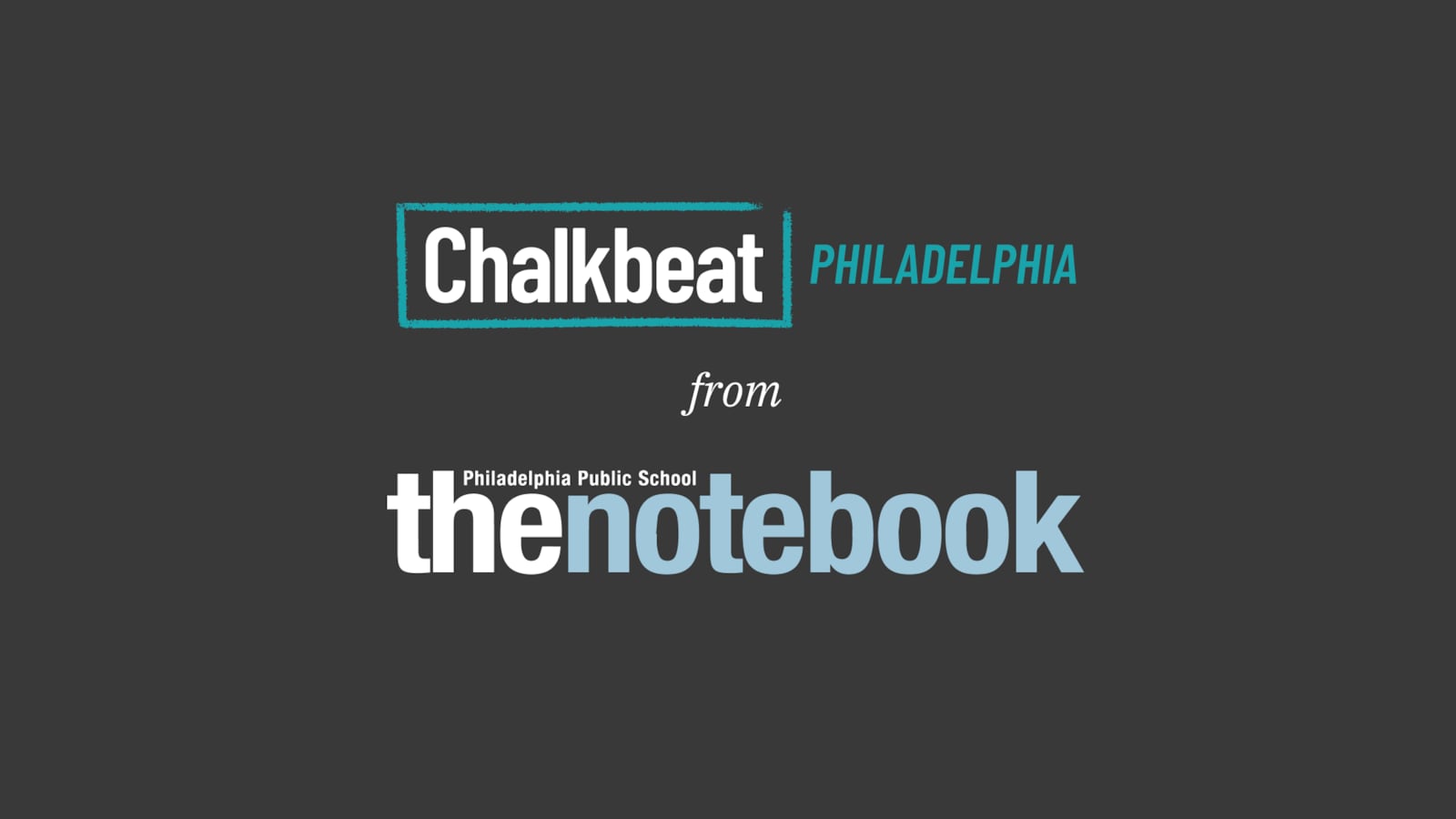This article was originally published in The Notebook. In August 2020, The Notebook became Chalkbeat Philadelphia.
This year, as part of a more focused approach to literacy instruction, many K-3 classrooms in District schools have new libraries. Students’ report cards will also look different.
Here is a brief guide to the classroom libraries and the new report card, from an interview with Diane Castelbuono, the District’s deputy chief for early childhood education.
In 40 schools, K-3 classrooms received extra funds from a grant to create “leveled libraries.” Books are sorted into bins, each with a letter indicating the reading level, progressing from A to Z.
In kindergarten, the letters will likely be A through D; in 1st grade, E through J; in 2nd grade, K through N, and up through Z for higher grades. Students take a diagnostic test to determine their levels.
Instruction is delivered in three ways: whole group, small group, and independent reading. Students are regrouped as they progress.
“As a kid, I know what my reading level is – I’m at A and I want to get to B,” said Castelbuono. “It’s like the karate-belt system.”
The report card will show three sets of letters: the target where the child should be for his or her grade and quarter; the instructional level used in the group he or she is assigned to, and the independent reading level.
For instance, if in the fourth quarter of kindergarten, a child should be at D, the instructional level is likely at D, and the independent reading level should be at D. If the independent reading level is at B or C, the parent will know the child is behind; if it is at F, that indicates the child is ahead. Each classroom has books in the range of its students.
“These are not lending libraries,” Castelbuono said. “They are primarily for use during the day for instruction.”
When practicing their skills during independent reading, students choose books at their level or a little bit higher.
“Nothing is more of a turnoff for kids to reading than to give them a book they cannot read,” Castelbuono said. “They’ll decide they’re a failure when they are not. Here they’re given the ability to be successful and keep growing.”

